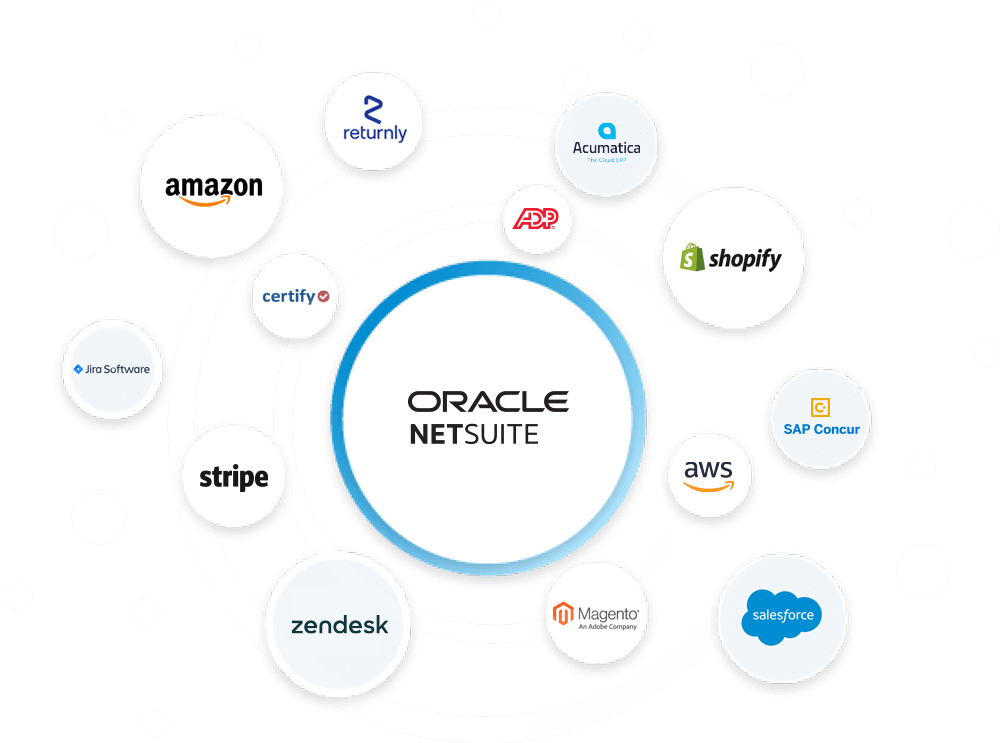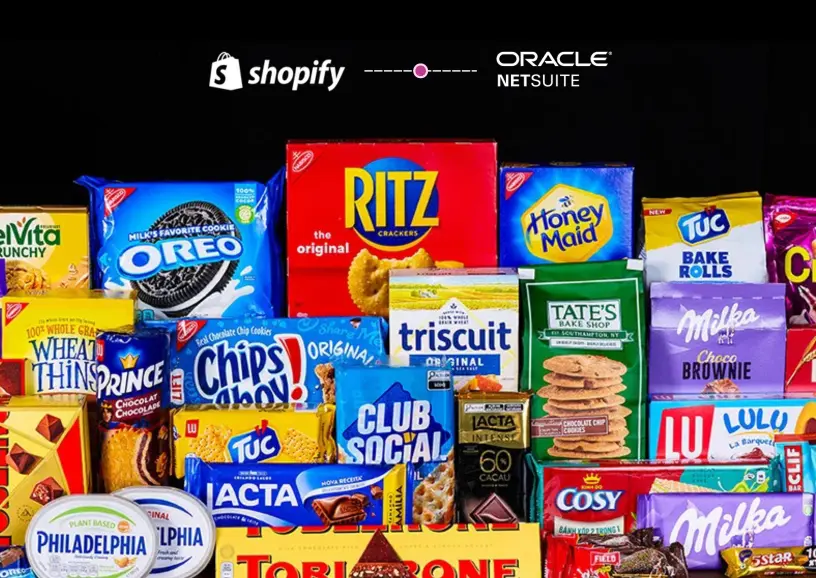What Happens When Teams Can’t See the Full Order Picture
You’ve probably seen it before: a customer places an order with special instructions or a file upload—maybe it’s a logo, a compliance sheet, or a custom spec. That data lives in Shopify, buried in metafields. Meanwhile, your fulfillment and finance teams are working entirely in NetSuite. What happens next? Someone pings someone else, waits for a response, maybe downloads something from Shopify manually and uploads it to the order in NetSuite. It’s a mess.
If your workflows rely on metafields to capture context around an order, especially for custom or B2B use cases, then you know how easily things can get missed or delayed.
What are Shopify order metafields?
Shopify order metafields let you store custom, structured data related to each order—like customer-uploaded files, delivery instructions, internal tags, or product customization details. They’re flexible fields beyond Shopify’s standard options and are often essential for B2B workflows, personalization, or compliance.
What gets in the way of doing this right
The issue isn’t a lack of information. It’s that the information is stuck in the wrong place. Shopify’s metafields are flexible and powerful—but only if your team can access what’s inside without having to log into another platform, search manually, and re-key or re-upload files.
Without an automated way to sync metafields (and especially files) into NetSuite, teams lose time, accuracy, and confidence. It slows things down and makes it harder to scale.
Why it matters
Without this integration, clients may face process delays, incomplete order visibility, or miscommunication between departments, especially in workflows that rely on custom data or file attachments, such as logos, specs, or customer instructions.
How it shows up:
When this kind of sync is missing, it shows up in the little things—like someone emailing a file to the wrong department, or a warehouse printing a packing slip without realizing there’s a logo that needs to be applied. Those “little things” can add up to missed SLAs, unhappy customers, and internal frustration.
By skipping this sync, businesses miss the opportunity to streamline operations and reduce friction between platforms in key use cases like custom orders, B2B workflows, or post-purchase processes.
When it’s in place, teams stop asking, “Where is that file?” and start focusing on actual work.
How we fixed it
We built a simple solution that syncs Shopify metafields—including file attachments—directly into NetSuite. Here’s what it does:
- Pulls any metafield data from Shopify using the GraphQL API
- Uploads metafield files to a designated folder in the NetSuite File Cabinet
- Creates and links a custom record to the related Sales Order in NetSuite
- Runs on Celigo

Whether you’re using metafields for customer-uploaded content, special delivery notes, or post-purchase documentation, this flow gets the data into the hands of the people who need it—right inside NetSuite, without jumping through hoops.
Setup is fast—like, same-day fast. Once the metafields you want to track are mapped and a destination folder is chosen, you’re good to go. For most implementations, setup takes a few hours—custom ones might take a bit longer, but either way, you’ll be up and running fast.
This Shopify order metafields to NetSuite flow will ensure a smooth and reliable synchronization across systems—so you can stop chasing down files and start scaling with confidence.
Stop Chasing Down Metafields. Let’s Fix It.
If your team is still chasing down metafield data manually, there’s a better way. We’d love to show you how this works and help you get it running—usually in a single day.
Let us know what you need to sync, and we’ll take care of the rest.



